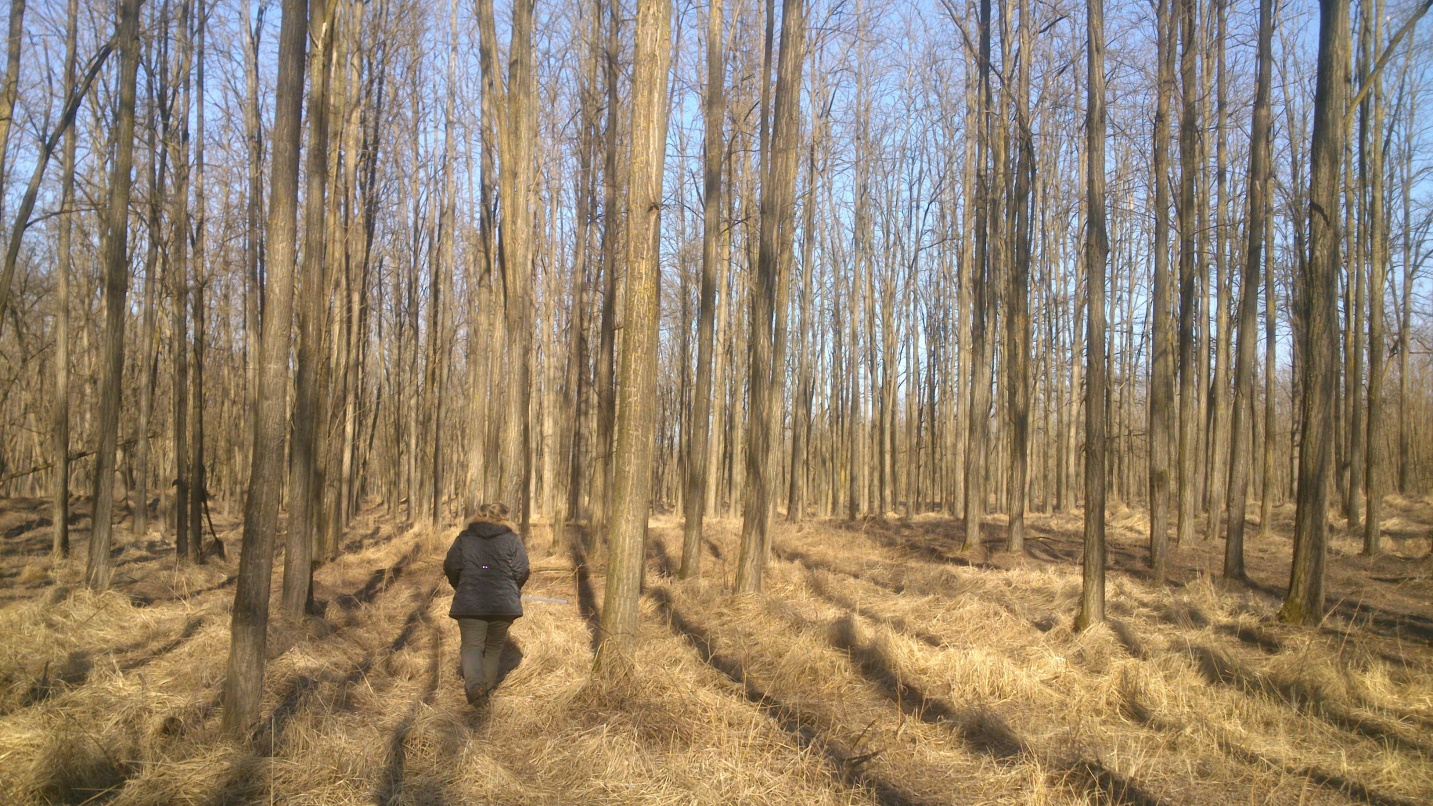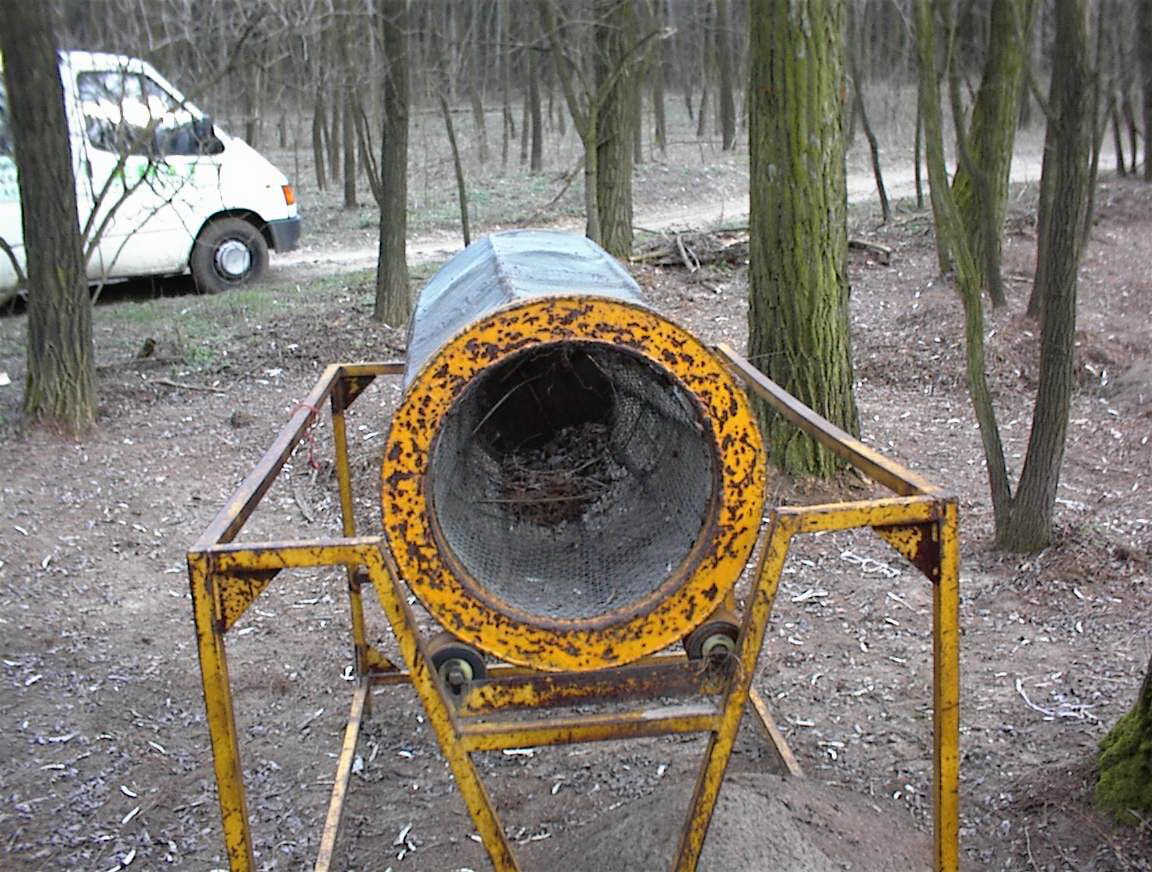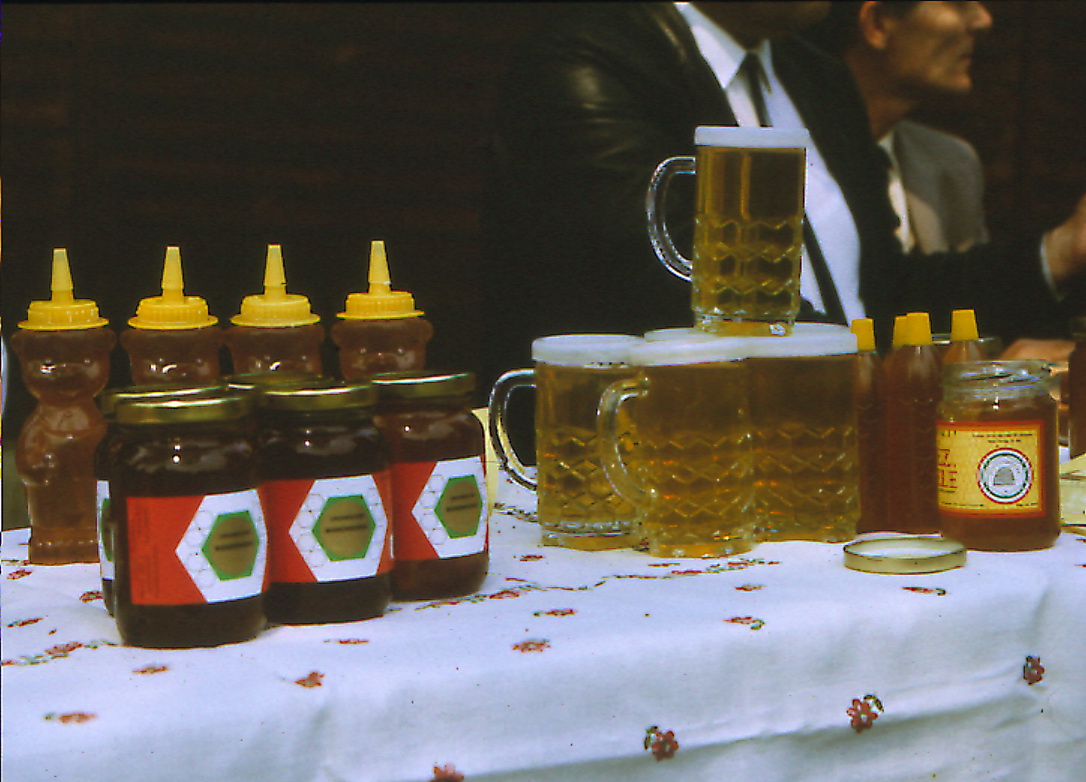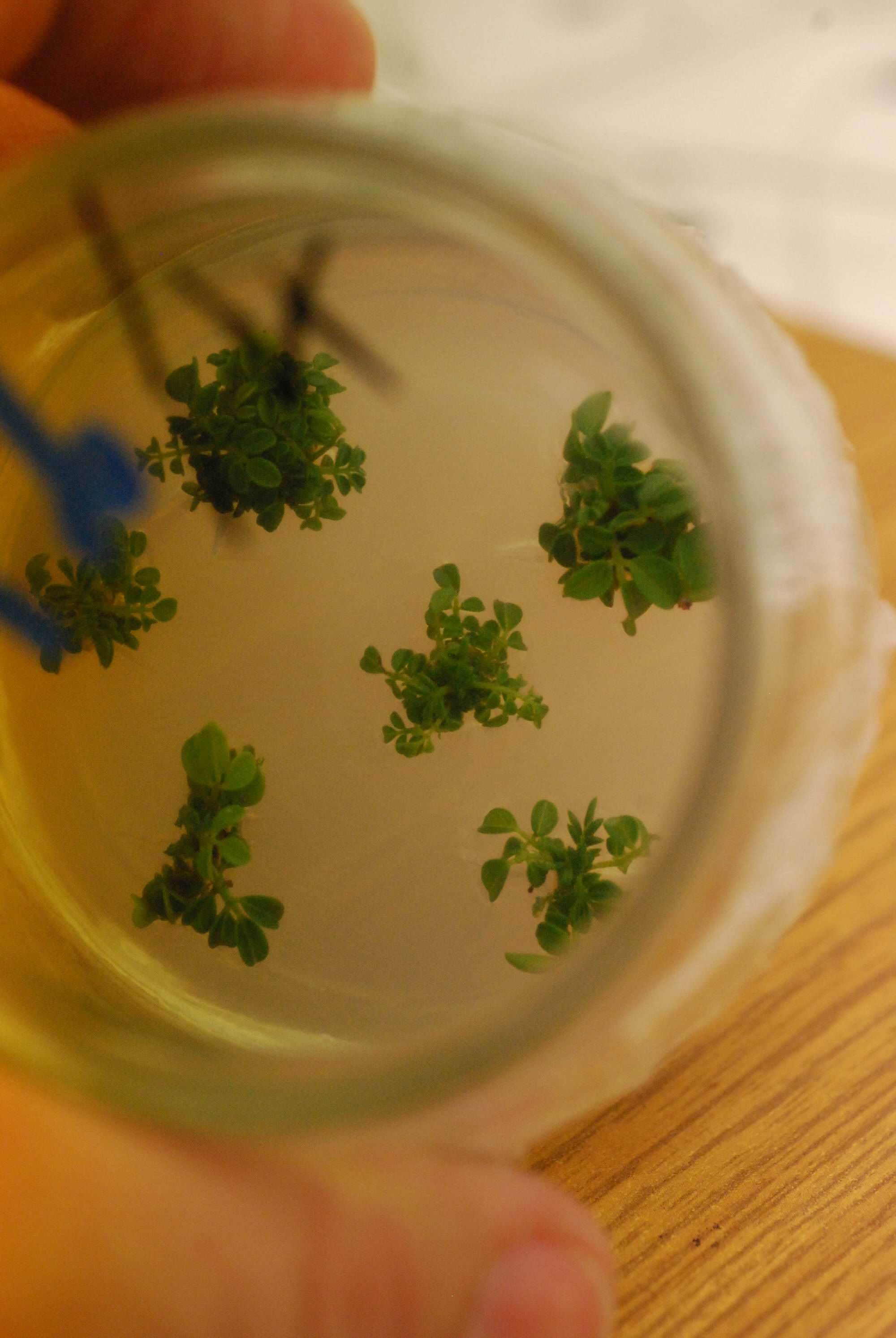Black locust (Robinia pseudoacacia L.) is one of the most important fast-growing, stand-forming tree species in Hungary, and its importance is increasing in many other countries. The species is indigenous to the eastern and central part of USA between latitudes 43o and 35o N. Black locust is good for wood production, honey production and ornamental purposes, with low incidence of pests and diseases. The promotion of black locust in Hungary, both in the past and in the present, was provoked by the following factors:1) the need to fix loose shifting sands; 2) demands for afforestation of abandoned agricultural lands; 3) abundant seed yield, vitality, excellent ability for sprouting and ability to fix free atmospheric nitrogen; 4) wide range of uses for black locust wood (tool manufacture, fuel wood, vineyard, poles and props, pit-wood, parquet); and 5) provision of flowers for bee forage.
In Hungary, black locust has played a role of great importance in the forest management for more than 300 years, covering approximately 24% of the forested area (465.000 ha) and providing about 20% of the annual timber output of the country. Aware of the importance of black locust, forest research in Hungary has been engaged in resolving various problems of black locust management and numerous research results have already been implemented. In the lowlands, characterized by forest steppe climatic type, the annual precipitation is not more than 500 mm, most of which is outside the growing season. Thus, drought is a frequent phenomenon in the summer period coupled with very high atmospheric temperatures. Due to these facts about 40% of the black locust stands in Hungary grow under marginal site conditions.
In Hungary, the main goals of the first black locust breeding program (in the 1960’s) were to select new clones and cultivars providing good quality and volume of industrial wood. According to the basic selection goal, cultivars can be classified into three groups:
Main goal: production of logs suitable for sawmilling (target product: sawlogs). Best cultivars: ‘Nyírségi’, ‘Kiskunsági’, ‘Jászkiséri’, ‘Üllői’ (Figure 1), ‘Appalachia’, ‘Pénzesdombi’, ‘Röjtökmuzsaji’ and ‘Góri’.
Main goal: production of poles and props (main products: pitprops, vine and orchard props, fence poles, hop poles). Best cultivars: ‘Zalai’, ‘Császártöltési’, ‘Szajki’, ‘ HC-4146’, ‘Ricsikai’ and ‘Váti-46’.
Main goal: improvement of bee pastures and decorative planting. Best cultivars: ‘Rózsazsín-AC’, ‘Debreceni-2’, ‘Halványrózsaszín’, ‘Debreceni 3-4’, ‘Mátyusi 1-3’.
Some cultivars are suitable for both forestry and honey production. Such double-use cultivars are ‘Zalai’, ‘Kiskunsági’, ‘Császártöltési’, ‘Egylevelű’ and ‘Váti-46’.
With respect to the volume expected at felling age, the 'Jászkiséri', 'Kiskunsági', 'Nyírségi', 'Üllői' and 'Szajki' cultivars proved to be the best.
 Figure 1. ‘Üllői’ black locust cultivar. Photo credit Zsolt Keserű.
Figure 1. ‘Üllői’ black locust cultivar. Photo credit Zsolt Keserű.
Another partly new black locust improvement (selection) program going on for 20 years successfully has two aims: on one hand, to help quality development of the black locust propagation material; on the other hand, to complete the variety choice of particular regions producing new black locust cultivars that can be grown effectively under unfavourably changed ecological conditions (Figure 2-4). As a result of the program, 16 new black locust clones have been improved. Five of them (Robinia pseudoacacia ‘Bácska’, ‘Homoki’, ‘Oszlopos’, ‘Szálas’ and ‘Vacsi’) have had a provisionally approved cultivar - candidate category given by the Hungarian National Office for Plant Quality Control.
 Figure 2. Combined result of excellent site condition and appropriate variety. Photo credit Zsolt Keserű.
Figure 2. Combined result of excellent site condition and appropriate variety. Photo credit Zsolt Keserű.
Black locust forests are one of the most excellent bases for the commercial honey production in Hungary (Figure 5). Large-scale agriculture utilizing machines and chemicals, largely precludes commercial honey production, but in good flowering years, black locust forests provide 50–60% of the total honey harvested. This honey is of light yellowish colour with a mild flavour.
Regarding the abiotic damages, frost damage can be considered as the most important factor (early and late frosts, hard winter frosts). Black locust seems to be disease and pest resistant.
 Figure 3. One-year-old black locust afforestation with cut back plants in Nyírség. North-East Hungary. Photo credit K. Rédei.
Figure 3. One-year-old black locust afforestation with cut back plants in Nyírség. North-East Hungary. Photo credit K. Rédei.
 Figure 4. Gathering and screening black locust seeds in Baktalórántháza. Photo by FRI.
Figure 4. Gathering and screening black locust seeds in Baktalórántháza. Photo by FRI.
Currently, various molecular techniques are available and applied, not only for research purpose but also in the breeding program (Figure 6). DNA fingerprinting can be a perfect solution for checking and tracking different clones, especially in the case of valuable breeding material or old selections with uncertain origin. The method is suitable for analysing the genetic relatedness of clones or even the geographical pattern of different selections. These new generation sequencing techniques can be used with the goal of providing useful information about the whole genomic background of the introduced Hungarian population compared with the original stands. Currently, our lab is exploring the genetic pattern responsible for the outstanding timber quality of some Hungarian selections, as this is among the most relevant research areas.
 Figure 5. Honey from black locust trees. Photo Credit FRI.
Figure 5. Honey from black locust trees. Photo Credit FRI.
 Figure 6. Propagation of black locust clones by tissue culture. Photo credit Zsolt Keserű.
Figure 6. Propagation of black locust clones by tissue culture. Photo credit Zsolt Keserű.
Acknowledgement: We would like to thank Dr. John Fike (Forage Extension Specialist, Virginia Tech, Blacksburg) for organizing the collection of leaf samples, for providing us the samples, and without whom comparative genetic testing would not have been possible.

